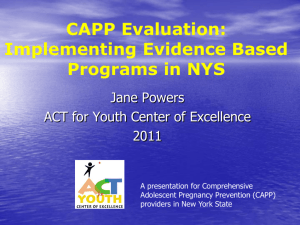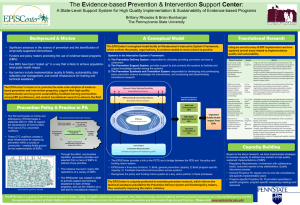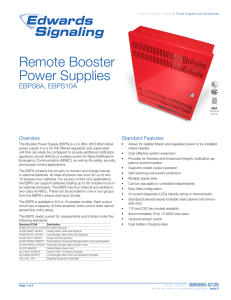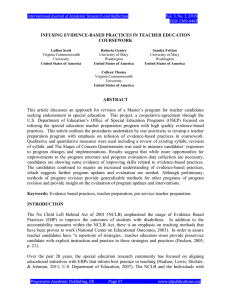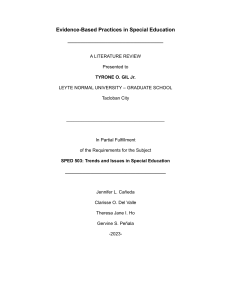START Coaching Checklist
advertisement
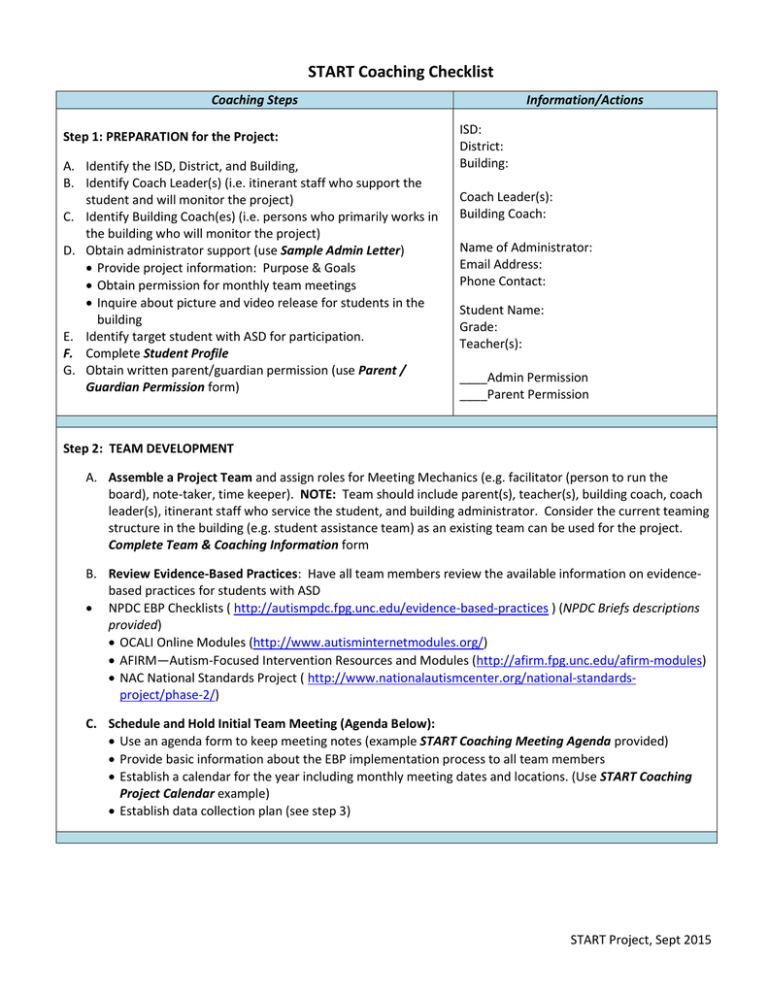
START Coaching Checklist Coaching Steps Step 1: PREPARATION for the Project: A. Identify the ISD, District, and Building, B. Identify Coach Leader(s) (i.e. itinerant staff who support the student and will monitor the project) C. Identify Building Coach(es) (i.e. persons who primarily works in the building who will monitor the project) D. Obtain administrator support (use Sample Admin Letter) Provide project information: Purpose & Goals Obtain permission for monthly team meetings Inquire about picture and video release for students in the building E. Identify target student with ASD for participation. F. Complete Student Profile G. Obtain written parent/guardian permission (use Parent / Guardian Permission form) Information/Actions ISD: District: Building: Coach Leader(s): Building Coach: Name of Administrator: Email Address: Phone Contact: Student Name: Grade: Teacher(s): ____Admin Permission ____Parent Permission Step 2: TEAM DEVELOPMENT A. Assemble a Project Team and assign roles for Meeting Mechanics (e.g. facilitator (person to run the board), note-taker, time keeper). NOTE: Team should include parent(s), teacher(s), building coach, coach leader(s), itinerant staff who service the student, and building administrator. Consider the current teaming structure in the building (e.g. student assistance team) as an existing team can be used for the project. Complete Team & Coaching Information form B. Review Evidence-Based Practices: Have all team members review the available information on evidencebased practices for students with ASD NPDC EBP Checklists ( http://autismpdc.fpg.unc.edu/evidence-based-practices ) (NPDC Briefs descriptions provided) OCALI Online Modules (http://www.autisminternetmodules.org/) AFIRM—Autism-Focused Intervention Resources and Modules (http://afirm.fpg.unc.edu/afirm-modules) NAC National Standards Project ( http://www.nationalautismcenter.org/national-standardsproject/phase-2/) C. Schedule and Hold Initial Team Meeting (Agenda Below): Use an agenda form to keep meeting notes (example START Coaching Meeting Agenda provided) Provide basic information about the EBP implementation process to all team members Establish a calendar for the year including monthly meeting dates and locations. (Use START Coaching Project Calendar example) Establish data collection plan (see step 3) START Project, Sept 2015 Step 3: BASELINE DATA Complete the K-12 Target Student Reporting Form Assign team members to complete the USAPT (http://www.gvsu.edu/autismcenter/usapt-15.htm) and CETA Complete a Schedule Matrix for the target student Establish 3 Primary Areas of Need based on schedule matrix (e.g. academic, engagement, social interaction, independence, communication, behavior.) Based on identified areas of need, assign team members to collect any additional baseline data not captured in the K-12 Target Student Data Form (i.e. academic, engagement, independence, socialization, communication, behavior). Data tools can be located on the START website at http://www.gvsu.edu/autismcenter/individualstudent-data-collection-forms-217.htm Step 4: Select EBPs to Address Areas of Need: In selecting EBPs, consider the following: o Implementation environment o Student characteristics and interests o Family preferences and input o EBP that promote independence, social interaction, engagement, and communication. Once selected, have all team members review selected EBPs in detail including the OCALI online training modules (http://www.autisminternetmodules.org/) and NPDC implementation briefs ( http://autismpdc.fpg.unc.edu/evidence-basedpractices ) NOTE: Consider also the appropriate use of prompting and reinforcement. These 2 EBPs will be needed for almost all implementation plans. ___K-12 Target Student Reporting Form ___ USAPT ___CETA ___Schedule Matrix ___Additional Baseline Data (DESCRIBE) 1. Area of Need: 2. Area of Need: 3. Area of Need: 1. EBPs selected for Area of Need #1: 2. EBPs selected for Area of Need #2: 3. EBPs selected for Area of Need #3: Step 5: Benchmark Measurable Goals: Using primary areas of need, Goal #1: selected EBPs and baseline data, benchmark 3 observable and measurable goals. Complete Goal Benchmark form Goal #2: NOTE: Example goals and completed benchmark forms are available on the START website. (LINK) Step 6: Develop an Implementation Plan: Using the EBP Implementation Checklists (http://autismpdc.fpg.unc.edu/evidence-based-practices ), develop a step by step implementation plan. Consider training needed for implementation staff, resources required, communication feedback systems, etc. Complete action plan (attached). Goal #3: Implementation Plan: Step 7: Implement and Monitor Student and Building Progress: Team implements EBPs and establishes a system for regular data collection / data probes (what, where, when and who), and collect video examples and data to monitor both EBP implementation and progress toward goals. (See Goal Benchmark form). This information can be used to develop the PLAAFP and goals for the next IEP, as well. *In May/June, complete the K-12 Target Student Reporting Form for end of year and compare to baseline. START Project, Sept 2015
